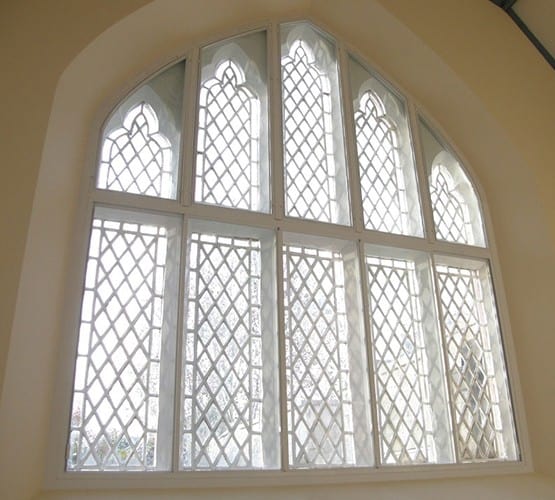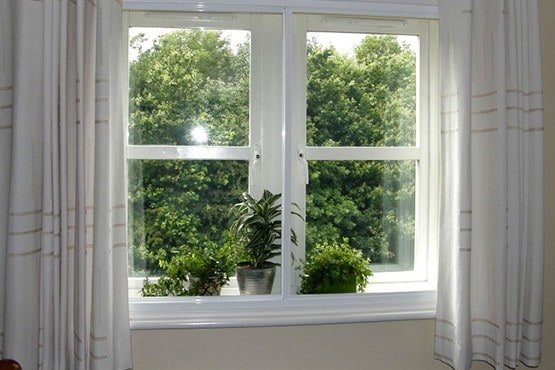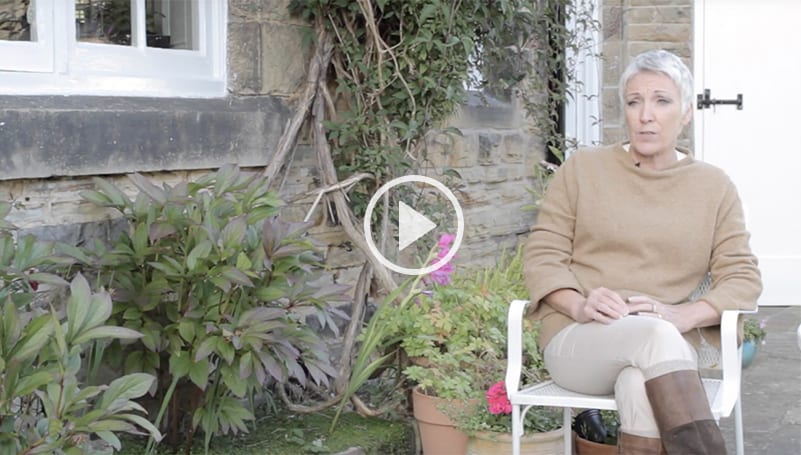Global perspective In 1998, the EC, UK government, and 14 other countries signed an agreement ending all discharges of hazardous chemicals into the environment by 2020. It included a list of chemicals considered most hazardous and therefore the first to be eliminated. The list targeted toxic chemicals which don’t degrade easily in the environment and those which build up in animals’ bodies, becoming more concentrated over time. The 15 chemicals includes 6 involved in the manufacture and disposal of PVC: dioxins, furans, lead, cadmium, mercury and organic tin compounds. Dioxins are among the most harmful chemicals in existence, and are known to cause cancers in humans and disrupt hormones. PVC manufacture and disposals are the main source of dioxin pollution. Vinyl chloride has been linked to various cancers, angio sarcoma, and increased incidence of liver, lung and brain tumours and reproductive disturbance.
Following growing environmental concerns, major organisations including M&S, IKEA and Lego are eliminating use of PVC in products and packaging. Some European countries have taken the lead in eliminating these pollutants. Sweden has a national restriction on PVC manufacture. Local authorities in Austria, the Netherlands and Northern European countries have restricted PVC. 62 Spanish cities have been declared PVC-free. Effective alternatives to uPVC are available. With fewer toxins, less energy involved in their production and longer lifespans, they are simpler to maintain and deliver enhanced thermal performance and recycling opportunities.






 Get a fast quote
Get a fast quote Help Centre
Help Centre